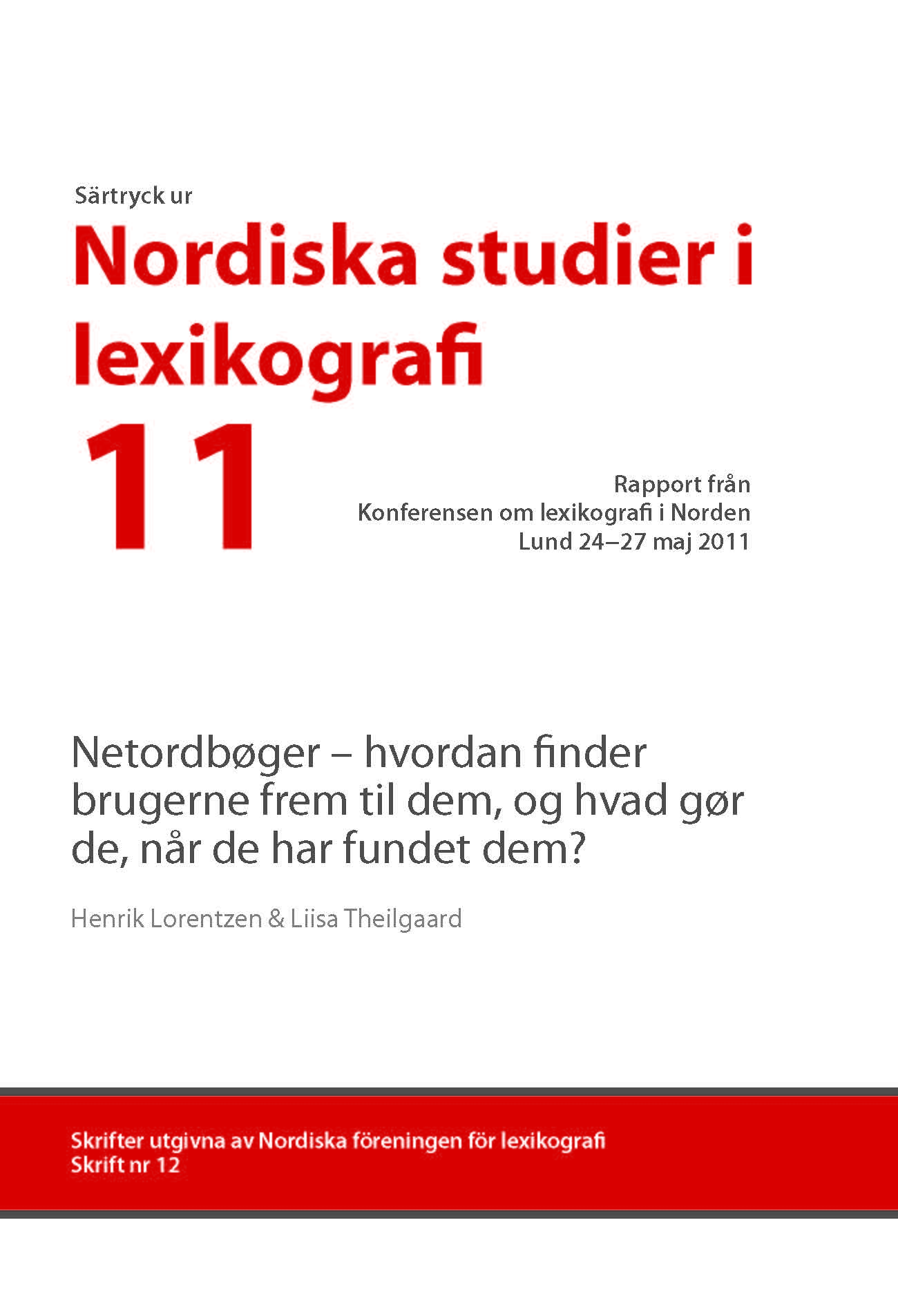Norsk dialektatlas i digital utgåve og språkdata på kart
Nøgleord:
datasamling, dialektatlas, digitalisering, talemål, isogloss, kart, kartverkty, målføreResumé
This paper discusses the mapping of linguistic data as a support for research in spoken language. Maps link linguistic phenomena to place from the specific level (dialect forms), to the general (demarcation of language families). Lexicography integrating speech data uses geographical mapping of linguistic data to supplement place-name lists. The technology behind digital mapping is in rapid development, and visualization of linguistic data in maps is a professional growth area. The University of Oslo owns a collection of 596 dialect maps, based on data from a systematic registration 1950–1970. Digitizing the maps started in 2008, aiming at making the map data searchable by linguistic criteria. In digitized maps, layers add isoglosses and symbols to place. Maps can be searched with multiple arguments and present new results. The model for map visualization is generalized. The maps link dialect forms, informants and places. The model simplifies virtual storage of linguistic data linked to place and informant, and generates map information (areas and isoglosses) from the detailed information. The chosen tool chosen is ArcMap. The map information is stored in Oracle Spatial. Tool choice is relevant to the planned product and is commented on below.Downloads
Publiceret
2012-01-01
Citation/Eksport
Holmen, J., & Grønvik, O. (2012). Norsk dialektatlas i digital utgåve og språkdata på kart. Nordiske Studier I Leksikografi, (11). Hentet fra https://tidsskrift.dk/nsil/article/view/19344
Nummer
Sektion
Artikler
Licens
Nordisk Forening for Leksikografi/NSL og forfatterne.





